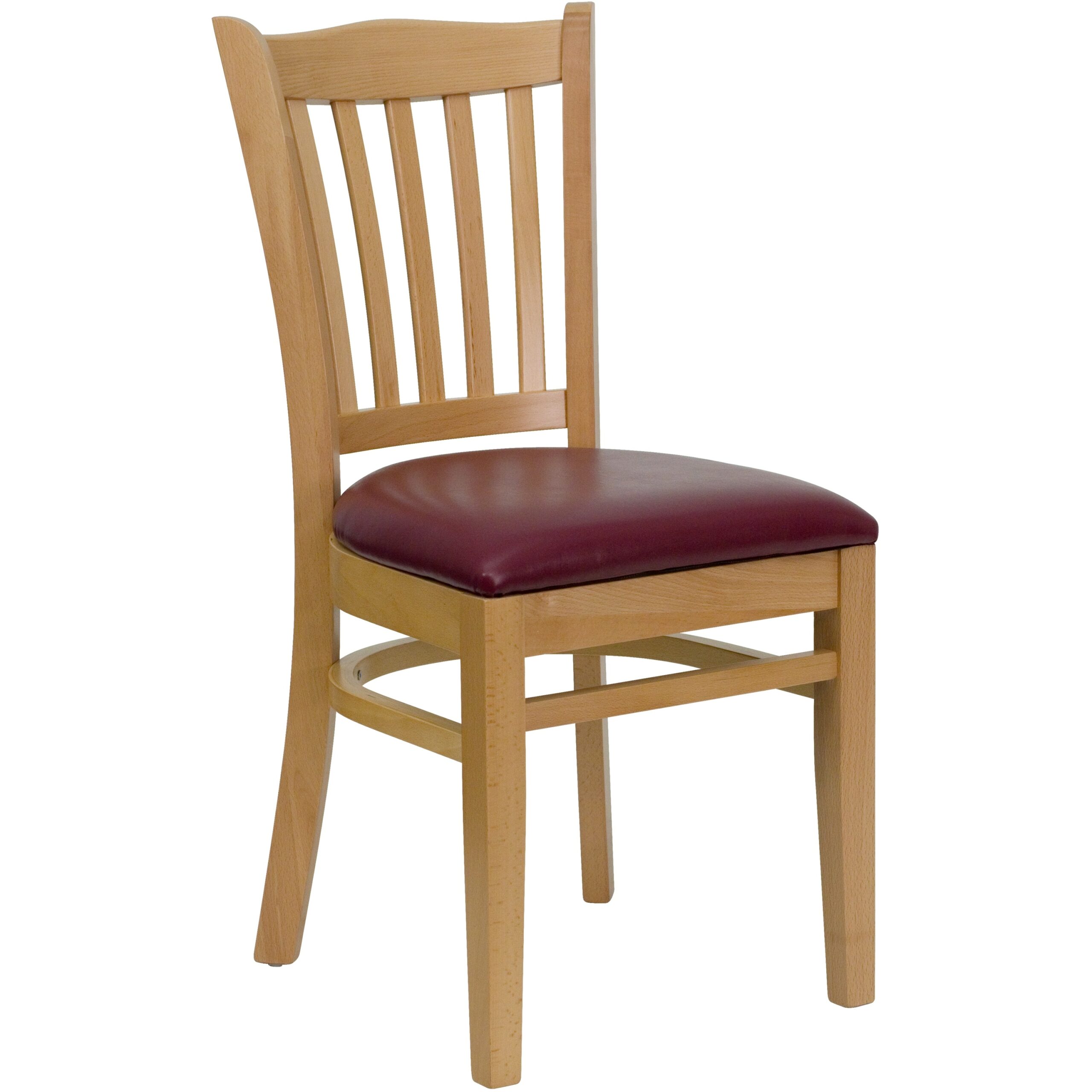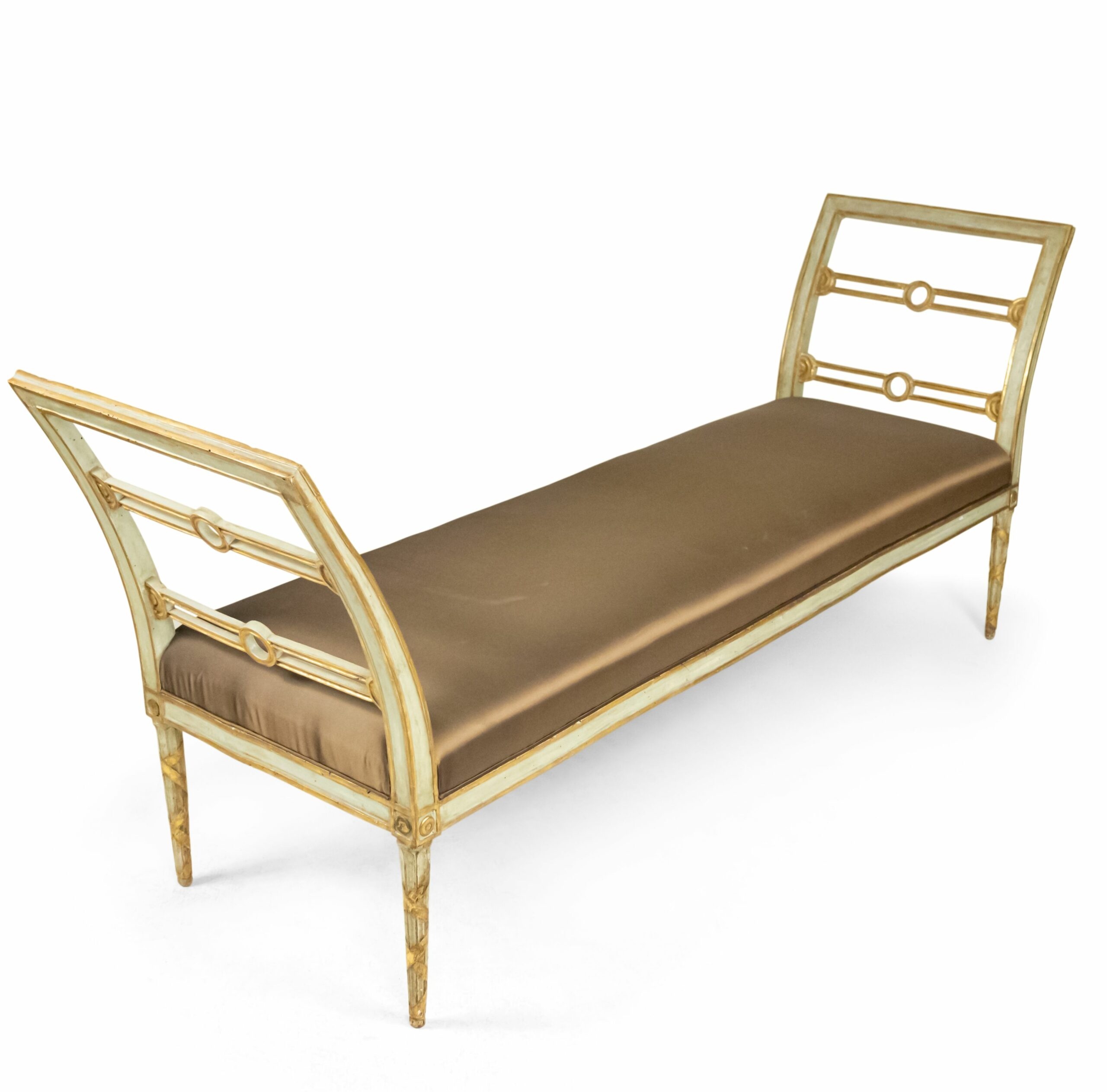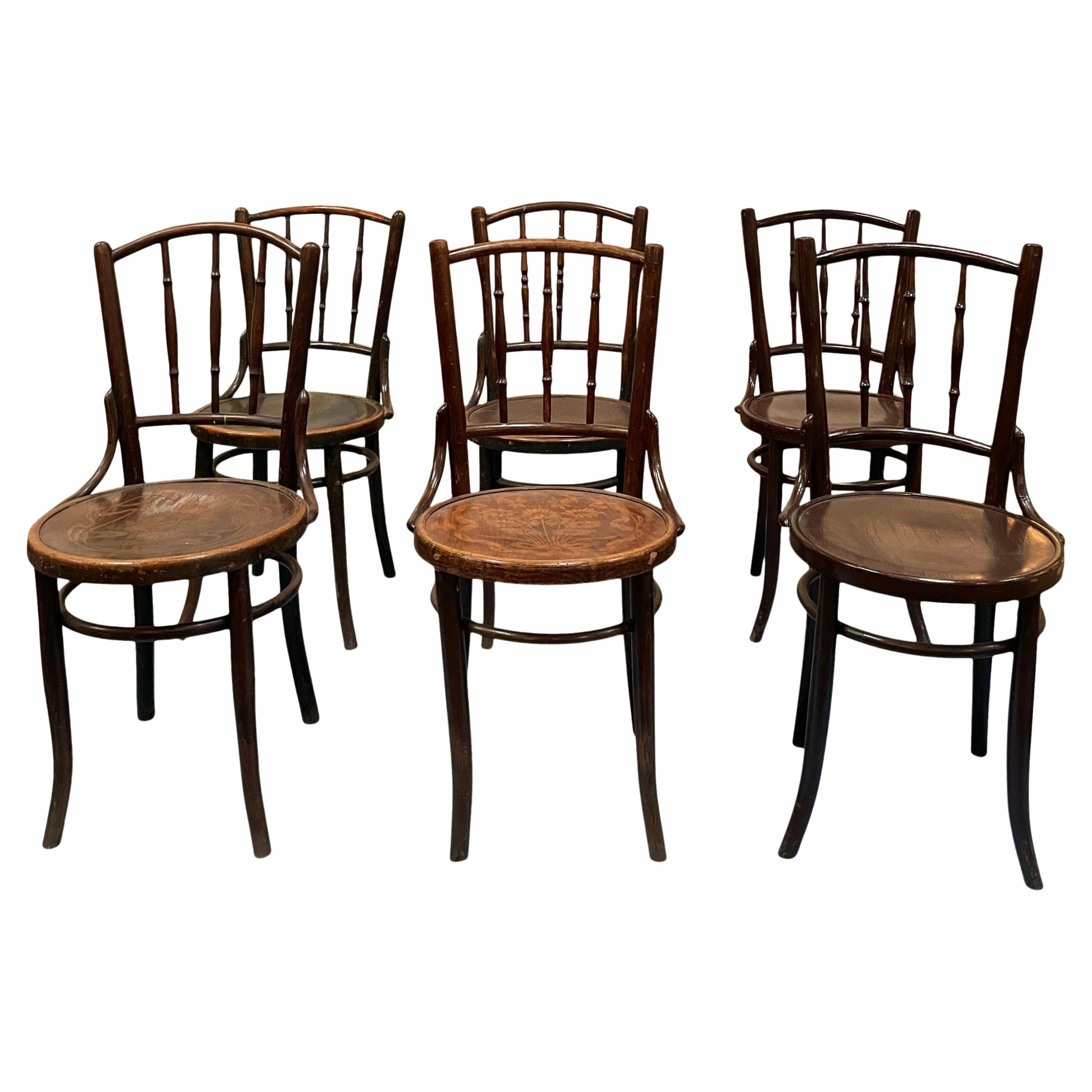Classic European furniture has always been synonymous with elegance, sophistication, and timeless beauty. This article delves into the world of classic European furniture, exploring its history, design elements, and how it continues to inspire modern furniture designs. We will also discuss some of the most iconic classic European furniture pieces and their designers, as well as tips on incorporating these timeless pieces into your home.
History of Classic European Furniture
The history of classic European furniture can be traced back to the Renaissance period, which saw a revival of interest in the arts and sciences. This period marked the beginning of a new era in furniture design, with craftsmen and artists creating intricate and ornate pieces that showcased their skill and creativity. Over the centuries, various styles emerged, such as Baroque, Rococo, and Neoclassical, each with its unique characteristics and design elements.
Throughout history, classic European furniture has been highly sought after by royalty and the upper class, who commissioned skilled craftsmen to create bespoke pieces for their homes and palaces. Today, these timeless designs continue to inspire and influence modern furniture, with many contemporary pieces incorporating elements of classic European design.

Classic Bedroom Design: A Sanctuary of Elegance
A classic bedroom design is characterized by its timeless elegance, with a focus on luxurious materials, intricate detailing, and a harmonious color palette. Classic European bedroom furniture often features ornate headboards, carved wood detailing, and plush upholstery, creating a sense of opulence and grandeur. To achieve a classic bedroom design, consider incorporating a statement bed, antique or reproduction furniture pieces, and elegant soft furnishings in rich fabrics and textures.

When selecting classic European furniture for your bedroom, consider pieces that showcase expert craftsmanship and attention to detail, such as hand-carved woodwork, inlaid marquetry, and gilded accents. These elements will add a touch of sophistication and refinement to your space, creating a bedroom that is both inviting and luxurious.

Classic Italian Furniture Design: The Epitome of Luxury
Classic Italian furniture design is renowned for its unparalleled craftsmanship, exquisite materials, and intricate detailing. Italian furniture makers have long been celebrated for their skill and artistry, creating pieces that are both functional and beautiful. Some of the most iconic classic Italian furniture designs include the ornate Baroque and Rococo styles, characterized by their elaborate carvings, gilded accents, and luxurious upholstery.

When incorporating classic Italian furniture into your home, consider pieces that showcase the expert craftsmanship and attention to detail that Italian design is known for. Look for furniture with intricate carvings, inlaid marquetry, and richly textured fabrics, which will add a touch of opulence and sophistication to your space.
Classic Furniture Designs: Iconic Pieces and Designers
Throughout history, there have been many iconic classic furniture designs and designers that have left a lasting impact on the world of interior design. Some of the most notable classic European furniture designers include Thomas Chippendale, George Hepplewhite, and Thomas Sheraton, who each contributed their unique style and design elements to the world of furniture.
Some of the most iconic classic European furniture pieces include the Chippendale chair, the Hepplewhite sideboard, and the Sheraton writing desk. These timeless designs continue to inspire and influence modern furniture, with many contemporary pieces incorporating elements of these classic designs.
Classical Furniture: Incorporating Timeless Pieces into Your Home
Incorporating classical furniture into your home can add a touch of timeless elegance and sophistication to your space. When selecting classic European furniture pieces, consider the scale and proportion of your room, as well as the overall design aesthetic you wish to achieve. Look for pieces that showcase expert craftsmanship and attention to detail, such as hand-carved woodwork, inlaid marquetry, and gilded accents.
When blending classical furniture with modern elements, consider incorporating a mix of textures, materials, and finishes to create a harmonious and cohesive design. For example, pair a classic sofa set with a modern coffee table, or juxtapose a contemporary dining table with antique dining chairs. This approach will create a visually interesting and dynamic space that celebrates the timeless beauty of classic European furniture.
Modern Classic Furniture: A Fusion of Old and New
Modern classic furniture is a fusion of traditional and contemporary design elements, creating pieces that are both timeless and current. This style of furniture often incorporates classic design elements, such as carved wood detailing, tufted upholstery, and elegant silhouettes, with modern materials, finishes, and color palettes.
When selecting modern classic furniture for your home, consider pieces that strike a balance between traditional and contemporary design. Look for furniture that showcases the craftsmanship and attention to detail of classic European design, while also incorporating modern materials and finishes that complement your existing décor.
Classic Sofa Set: The Centerpiece of Your Living Space
A classic sofa set can serve as the centerpiece of your living space, providing a comfortable and stylish seating area for you and your guests. Classic European sofa sets often feature elegant silhouettes, plush upholstery, and intricate detailing, such as carved wood accents, tufted cushions, and nailhead trim. When selecting a classic sofa set for your home, consider the scale and proportion of your space, as well as the overall design aesthetic you wish to achieve.
Choose a sofa set that complements your existing décor and showcases the timeless beauty of classic European design. Pair your classic sofa set with coordinating accent chairs, a coffee table, and other furniture pieces to create a cohesive and inviting living space that exudes elegance and sophistication.
